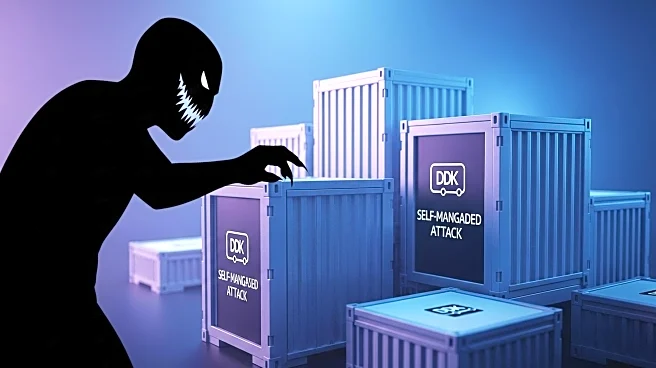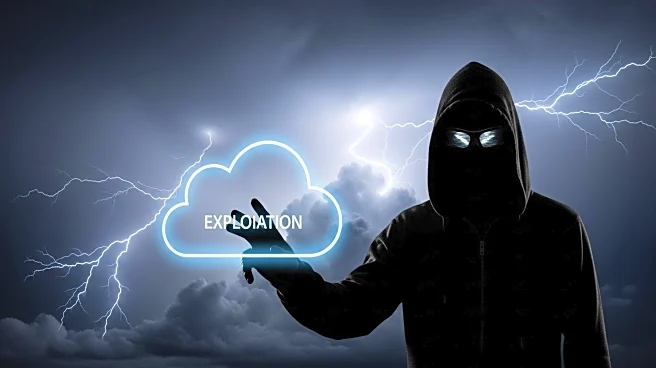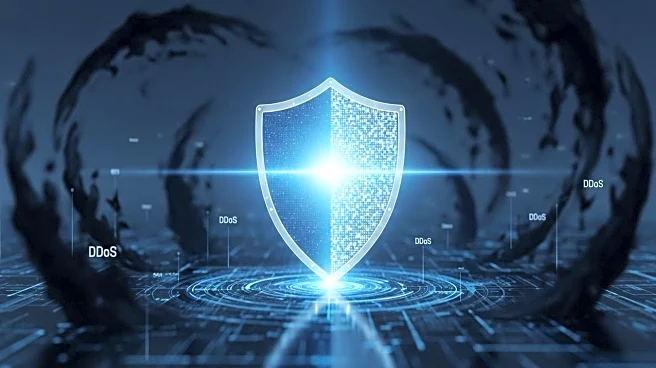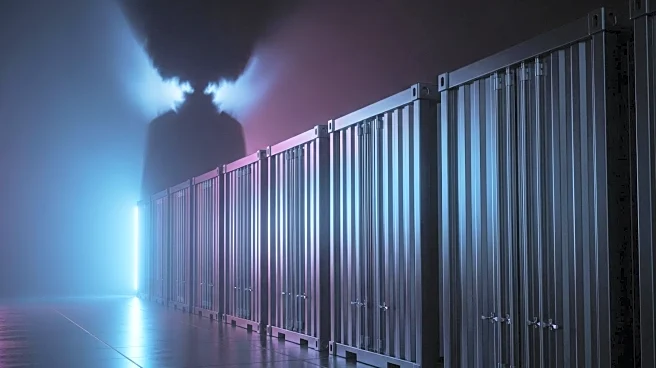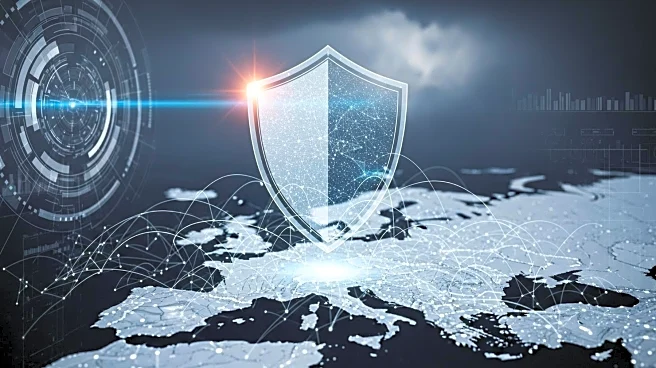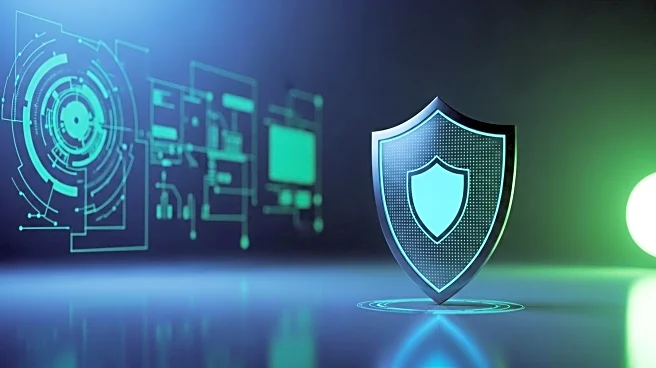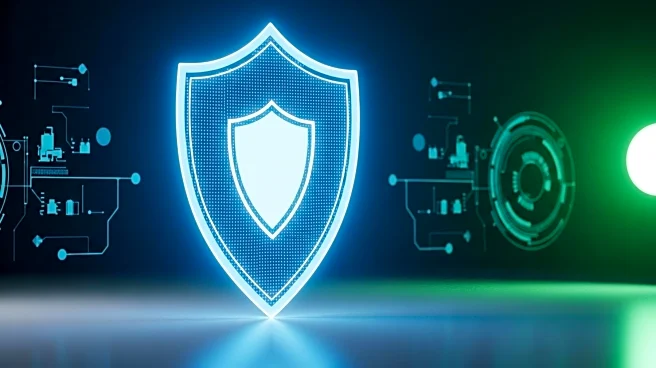What's Happening?
Cybersecurity researchers have identified a sophisticated distributed denial-of-service (DDoS) operation known as the ShadowV2 botnet. This botnet, discovered by security vendor Darktrace, is designed to resemble modern software-as-a-service (SaaS) platforms, offering attackers a professional login panel and polished user interface. The platform is built on a FastAPI and Pydantic backend, with OpenAPI documentation and a front-end styled with Tailwind CSS animations. It includes advanced DDoS techniques such as HTTP/2 rapid reset floods and Cloudflare's 'under attack mode' bypass. The operation runs on a Python-based command-and-control framework hosted in GitHub CodeSpaces, leveraging Microsoft's global infrastructure to conceal operations. Targets include exposed Docker daemons on AWS EC2 instances, indicating a deep understanding of cloud deployments.
Why It's Important?
The discovery of the ShadowV2 botnet highlights the evolving nature of cyber threats, where attackers are increasingly adopting cloud-native architectures and professional development practices. This sophistication complicates attribution and takedown efforts, posing challenges for traditional security tools. The botnet's service model, with user tiers and attack limitations, suggests a potential expansion beyond traditional cybercriminal groups, increasing the threat landscape. Organizations relying on cloud services must enhance their security measures to defend against such advanced threats, which could lead to significant disruptions and financial losses.
What's Next?
Security experts and organizations are likely to intensify efforts to track and mitigate the impact of the ShadowV2 botnet. This may involve collaboration between cybersecurity firms, cloud service providers, and law enforcement agencies to dismantle the infrastructure and prevent further attacks. As attackers continue to innovate, there will be a push for developing more advanced detection and response strategies to safeguard cloud environments.
Beyond the Headlines
The emergence of the ShadowV2 botnet raises ethical and legal questions about the use of legitimate cloud services for malicious purposes. It underscores the need for cloud providers to enforce stricter terms of service and monitoring to prevent abuse. Additionally, the botnet's sophisticated design blurs the line between legitimate software development and cybercrime, challenging perceptions of what constitutes a threat in the digital age.


